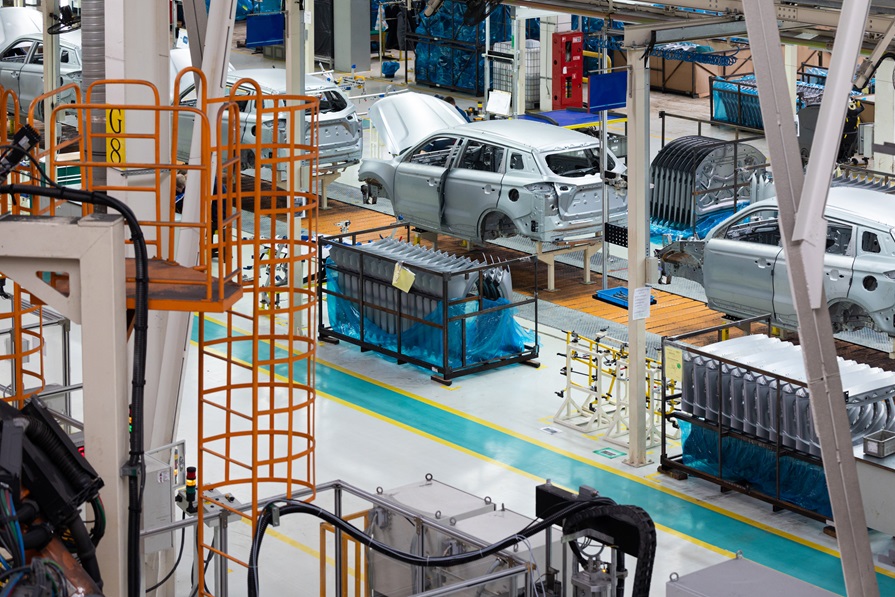
Rivian Automotive Outperforms Wall Street Expectations Amid Cost-Cutting Efforts
Rivian Automotive, the electric vehicle (EV) maker, has exceeded Wall Street’s expectations for both revenue and earnings per share in the second quarter of 2024, despite ongoing efforts to reduce costs and increase efficiency. The company’s latest financial results underscore its commitment to driving down production expenses and improving its financial performance.
Financial Performance Overview
In the second quarter, Rivian reported a loss of $1.13 per share on an adjusted basis, which was better than the expected loss of $1.21 per share. The company’s automotive revenue came in at $1.16 billion, slightly above the anticipated $1.14 billion. However, Rivian’s net losses widened to $1.46 billion, or a loss of $1.46 per share, compared to $1.2 billion, or a loss of $1.27 per share, in the same period a year earlier.
Despite the increased net loss, Rivian’s adjusted earnings before interest, taxes, depreciation, and amortization (EBITDA) remained relatively stable year-over-year at a loss of $860 million. This stability in EBITDA, despite higher net losses, suggests that Rivian’s ongoing cost-cutting measures are beginning to stabilize its operational expenses.
Production and Sales Insights
Rivian reaffirmed its 2024 production guidance, projecting a total of 57,000 vehicles by year-end. This target remains intact even as the company reported producing approximately 23,600 vehicles in the first half of the year, with only 9,162 units produced in the second quarter due to plant downtime for retooling and cost reduction.
Notably, Rivian indicated that most of the vehicles sold during the second quarter were produced before the implementation of cost-saving measures, meaning the full impact of these efficiencies will likely be seen in future quarters. The company expects to achieve positive gross profit by the fourth quarter of 2024, a significant milestone as it continues to focus on financial sustainability.
Strategic Moves and Future Outlook
Rivian’s second-quarter results come on the heels of its recent investor day, where the company highlighted its focus on in-house technologies, software advancements, and further cost-cutting initiatives. The event also followed Rivian’s announcement of a strategic partnership with Volkswagen, where the German automaker is set to invest up to $5 billion in Rivian, starting with an initial $1 billion investment.
Rivian’s stock has struggled this year, down 37% amid concerns over slower-than-expected EV demand and the company’s ongoing cash burn. However, the stock did see a slight uptick, closing at $14.80 on Tuesday, up 1.3%. The company’s CEO, RJ Scaringe, has emphasized that material cost reductions of 20% in current vehicles and a targeted 45% reduction in its upcoming “R2” vehicles, set to begin production in early 2026, are key to Rivian’s long-term strategy.
Financial Position and Liquidity
Despite the challenges, Rivian remains financially stable with strong liquidity. The company reported total liquidity of $9.18 billion at the end of the second quarter, including $7.87 billion in cash, cash equivalents, and short-term investments. This financial cushion will be crucial as Rivian continues to navigate the competitive EV market and work towards profitability.
Conclusion
Rivian Automotive’s second-quarter performance shows promising signs of progress, particularly in its efforts to reduce costs and improve efficiency. While challenges remain, including slower-than-expected demand for EVs and significant cash burn, Rivian’s strategic focus on cost reductions, coupled with a strong financial position, provides a solid foundation for future growth. As the company continues to refine its production processes and expand its technological capabilities, it remains well-positioned to capitalize on the growing demand for electric vehicles in the coming years.
